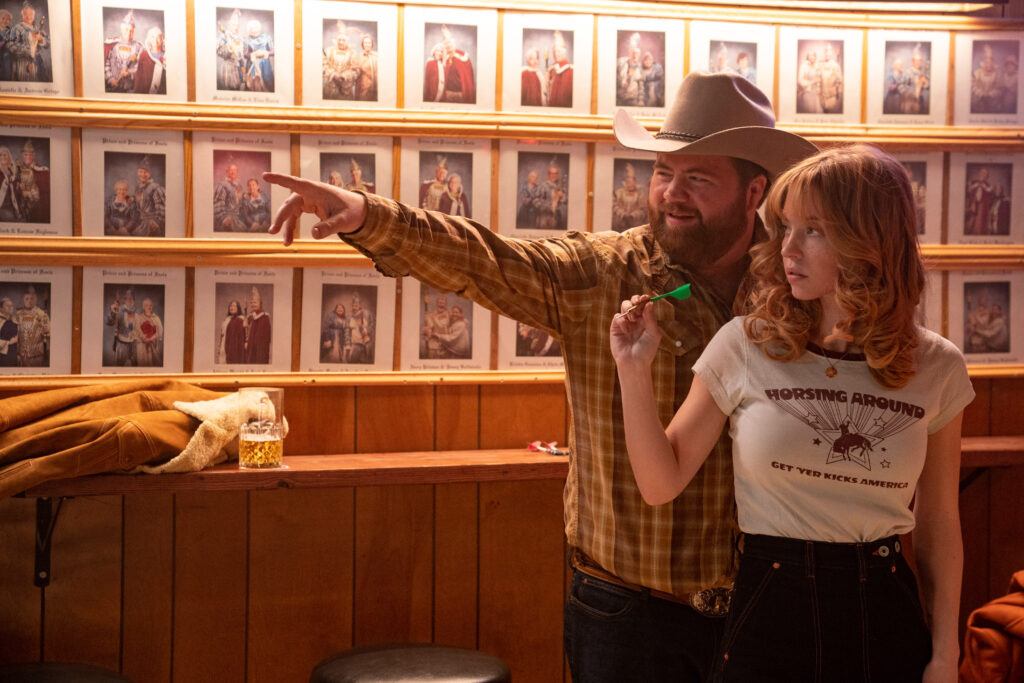AMERICANA (2025) – A Quirky Heist Through the Heartland’s Shadows and the Elusive American Spirit
Rating: ⭐⭐⭐

NA_D2_021522_UC_1454.ARW
“Americana” is that rare cinematic journey that whisks viewers off the beaten path, steering them into the eccentric corners of South Dakota where surprise lurks behind every dusty storefront. Refusing to tread familiar ground, the film unfolds in a world that feels wonderfully out of time—modern, yet stripped of digital noise, evoking the wistful ambiance of a western or a lost period piece.
At the heart of this off-kilter adventure is Sydney Sweeney who continues to demonstrate her diversity in choice of film roles. Here her performance as Penny—a waitress with a determined spirit and a disarming stutter—is both vulnerable and magnetic. Her tentative friendship with the gentle, enduring Lefty (Paul Walter Hauser) forms the soul of the story. Together, this unlikely duo stumbles into a plan as unpredictable as the film itself: to outsmart a group of robbers and claim a rare Native American artifact for themselves—a scheme that promises fortune and the tantalizing hope of new beginnings.
Adding further intrigue, pop star Halsey delivers a standout performance as Mandy, embroiled in a toxic romance with one of the thieves and ultimately driven to seize both the loot and her freedom. Her choices ignite a cascade of consequences, drawing Native American characters into a frenetic chase that layers cultural resonance onto the film’s heist plot.
What makes “Americana” truly compelling is its independent spirit. The film shuns formula, drawing strength from its unpredictable narrative, subtle humor, and a refusal to spoon-feed the audience. Violence and comedy intermingle organically, offering just the right balance to keep viewers invested until the final credits roll.
Director and writer Tony Tost’s raw, authentic style echoes the heyday of indie filmmaking, conjuring a landscape that is at once nostalgic and critical. The desolate backdrop—more reminiscent of old cowboy tales than bustling modern America—serves as a canvas for themes of identity, aspiration, and the corrosive pursuit of wealth. The elusive American dream, symbolized by the coveted artifact, becomes both a lure and a lament for what has been lost or corrupted along the way.
“Americana” may never find blockbuster status or mass-market appeal, but its peculiar charm and daring unpredictability make it a memorable watch. Tost reveals a promising talent, and if this film is any indication, his future work could very well redefine contemporary independent cinema.


